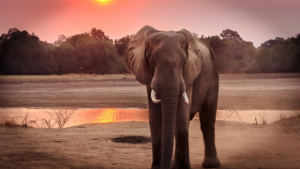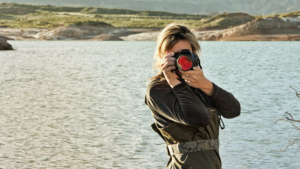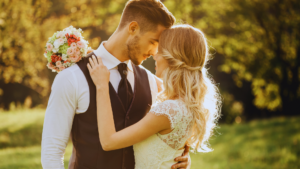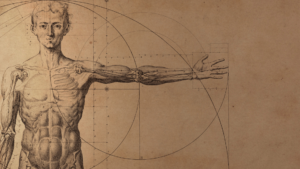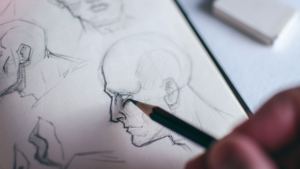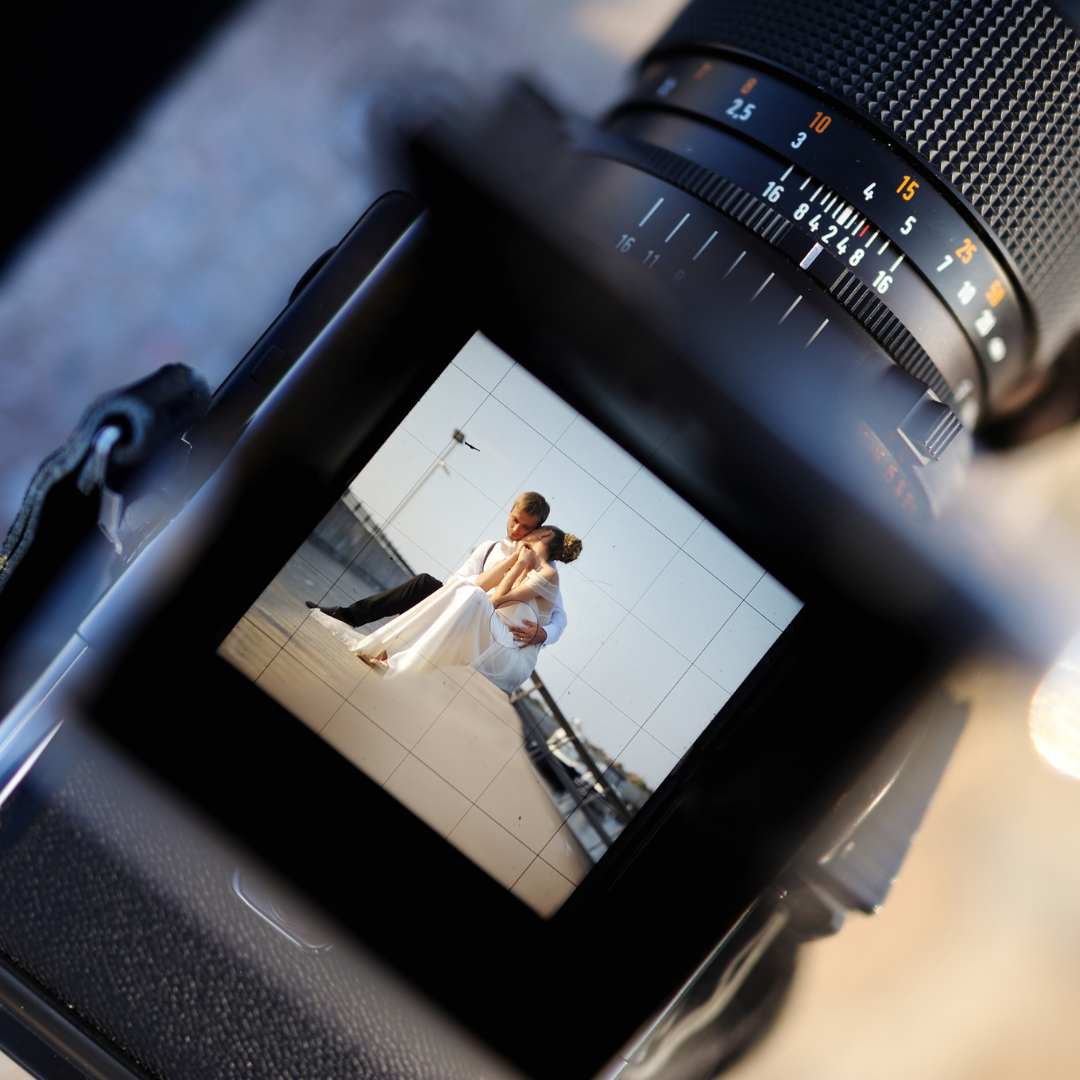
A wedding is the most important day in a bride and groom’s life. This puts a great responsibility on the photographer’s shoulders. In the past, that was a heavy camera, too. Today, photographers around the world, from this Boston Wedding Photographer to a photographer in rural England, have the technology to see them through the occasion without them ending up on their knees. The photographs that the happy couple will see afterward are the result of the photographer’s attention to detail and everything that they have had to consider. This article will explore some of the considerations that result in great wedding photographs.
The Bride and Groom
Ultimately, it will be the bride and groom who are choosing between the photographs taken, so it is wise for the wedding photographer to consult with them first over what they will be expecting from them and to ensure whether they want their engagement and other functions photographed as well. Couples generally tend to hire the same wedding and engagement photographer new york city, for instance, if that is where their event is to take place, to save the time of explaining their needs and desires, the second time. So, make sure to be informed about all of the demands of the couple you would be catering to. It is also important not to miss out on any close relatives by ensuring that a list beforehand is obtained which can then act as a checklist.
Setting
A photographer at a wedding always needs to respect that photography is generally not allowed inside a church or place of worship, but in the cases of a civil ceremony it might be possible to obtain pictures of the ceremony itself. It is something that all parties should be aware of in their expectations.
Camera Shake
Choosing a spot where wedding guests are less likely to interfere with the photography is always a good idea. That is, for the photographer to be as close as possible to the subjects to prevent guests walking in front of the camera or knocking it and causing camera shake to result in a less than perfect shot. Much time could be wasted, otherwise. Guests do not take the best photographs when in the wrong frame of mind because they have been kept waiting too long. A tripod, apart from showing that a photographer means business, will also keep the camera still. It can be positioned so that all the shots are taken in that same spot.
Wide Angle Lens
It is vital for a bedfordshire wedding photographer or any photographer for that matter to have a wide-angle lens so that they can take larger groups while still being close enough to capture the detail. It is something to remember to pack in the kit bag, which a photographer should watch like a hawk given the value of the equipment that is likely to be inside it.
Lighting
Whether it is a big wedding or an elopement, the clients would want the pictures to look marvelous. And for that, they would rely on a Portland wedding photographer (or a similar professional from their area) to know all about different kinds of lighting in photography. Would you believe that there are 8 different types of lighting in photography? Flat, broad, short, split, back, rim, butterfly, and loop. Flat lighting is where the light source directly faces the subject. This means that the subject will be well lit and that no shadows will be seen on the face. Sometimes, however, shadows are desirable to cover up skin blemishes. So, flat lighting might only be desirable where the subjects are particularly young or model-like in complexion.
Broad lighting is a type of side lighting. The most lit side of an angled face will, in this instance, be closest to the camera, meaning that the shadow will fall on the part of the face furthest away. It allows the photographer to make a narrow face look fuller.
Short lighting is also a type of side lighting. The opposite of broad, the shadow falls on the part of the face closest to the camera. This works well in thinning fatter faces and flattering these kinds of subjects.
Split lighting is another type of side lighting. It is where the light hits the subject’s face from a 90-degree angle. It results in half a lit face and half a face in shadow. It only serves to make a subject look tougher and more masculine. Except that no photographer would want the groom overshadowing the bride or vice versa.
Backlighting comes from behind the subject. It can create images that are hazy and lack clarity.
Rim lighting is in the category of backlighting, but instead, the lighting will highlight the edges of a subject. It separates a subject from a background. This is something that is not really desired in wedding photographs as the church in the background is rather important to show what has just happened.
Butterfly lighting is so-called because it is where the light is above and in front of the subject and creates a shadow under the nose that resembles a butterfly. It does wonderfully highlight prominent cheekbones, which can look flattering in the case of the bride.
Loop lighting is where the light is 45 degrees to the side of the subject and just above eye height. This position creates a shadow that is under and to the side of the nose. It represents a flattering light on most.
Photographers will sometimes use photography umbrellas to control lighting. Although, most often that will be in studios.
So, some things to consider, whether you are a wedding photographer, or just like weddings. Anything that is within a photographer’s control will be expected to be reflected in the final wedding portfolio of photographs which mark the special occasion.

